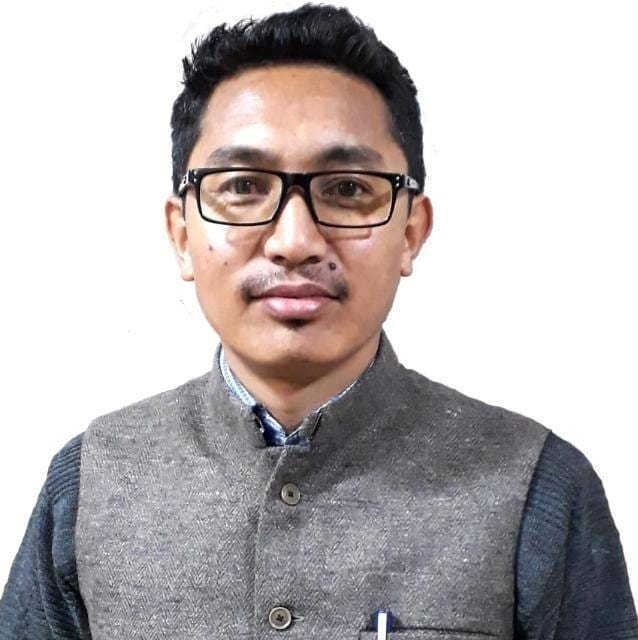Joint council of Leh, Kargil to list demands of UT before Centre
Our Correspondent
Leh, August 31
The first meeting of the Consultative Committee constituted by the LAHDC, Leh, to deliberate upon the suggestions and feedbacks submitted by stakeholders and individuals to safeguard the interest of local people in the newly created UT Ladakh was held at Council Secretariat today under the chairmanship of Chief Executive Councillor of the LAHDC, Leh, Gyal P Wangyal who is also the chairman of the committee.
In the meeting, the committee stressed on constituting a joint advisory council of both Leh and Kargil to project the demands and issues of Ladakh UT before the Central government.
Member of Parliament Jamyang Tsering Namgyal said in the meeting that deliberations on issues related to safeguards of local interest in different forms were being organised by several organisations in Leh district, which was a very good sign. However, he made it clear that only one memorandum would go to the Central government through the Hill Council by considering all the genuine suggestions and feedbacks of various organisations and individuals.
Other members who attended the meeting were Deputy Chairman, LAHDC, Leh Tsering Sandup, Vice-Chancellor, Ladakh University, C Phunsog, Executive Councillor for Agriculture Phuntsog Stanzin, Executive Councillor for Minorities Mumtaz Hussain, Executive Councillor for Education Konchok Stanzin, former MLC Chering Dorjey, T Phunchok, former IG, nominated woman Councillor Rinchen Lhamo and member secretary Councillor Phyang Punchok Dorjey and Councillor Diskit Tsering Angchuk.
The committee decided to meet again on September 16, during which decision would be taken for further course of action.
Protecting interests of leh residents
Member of Parliament Jamyang Tsering Namgyal said in the meeting that deliberations on issues related to safeguarding local interests in different forms were being organised by several organisations in Leh district, which was a good sign. However, he made it clear that only one memorandum would go to the Central government.










